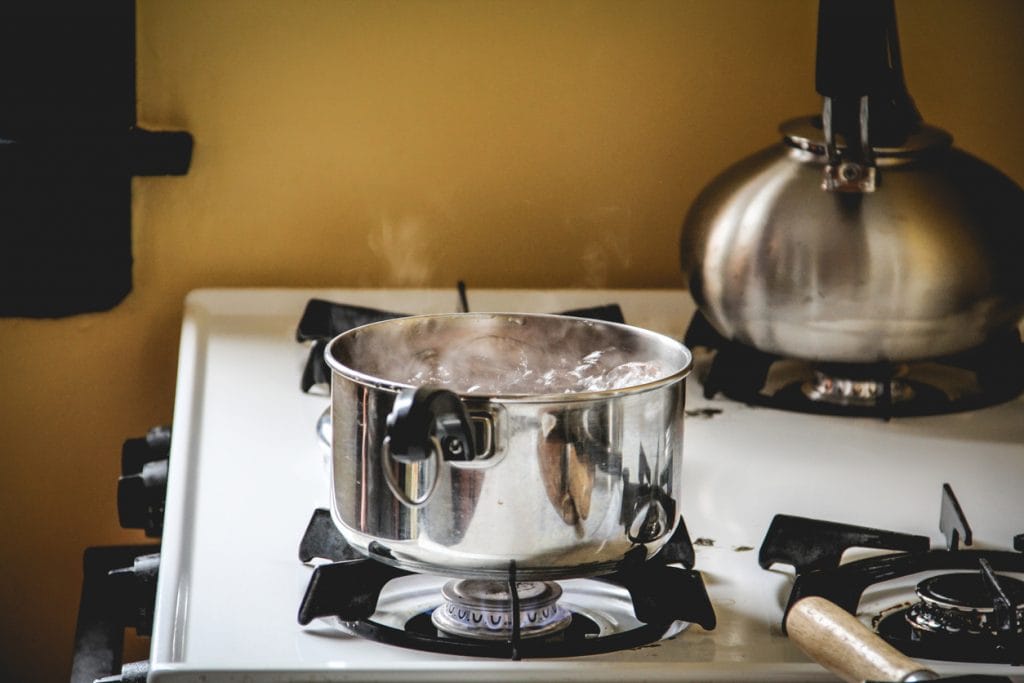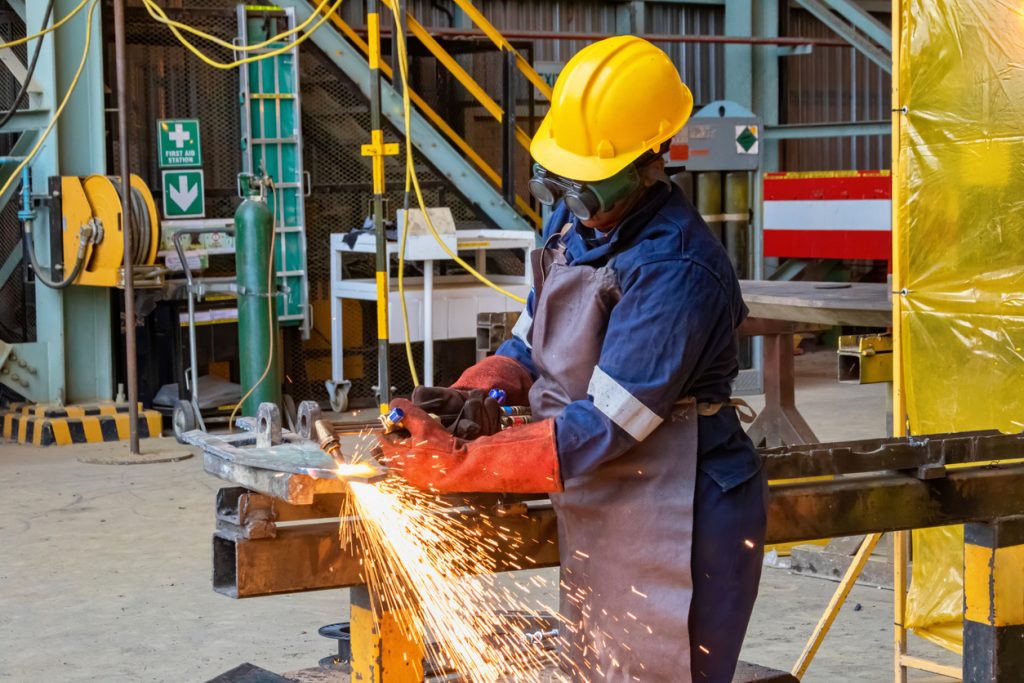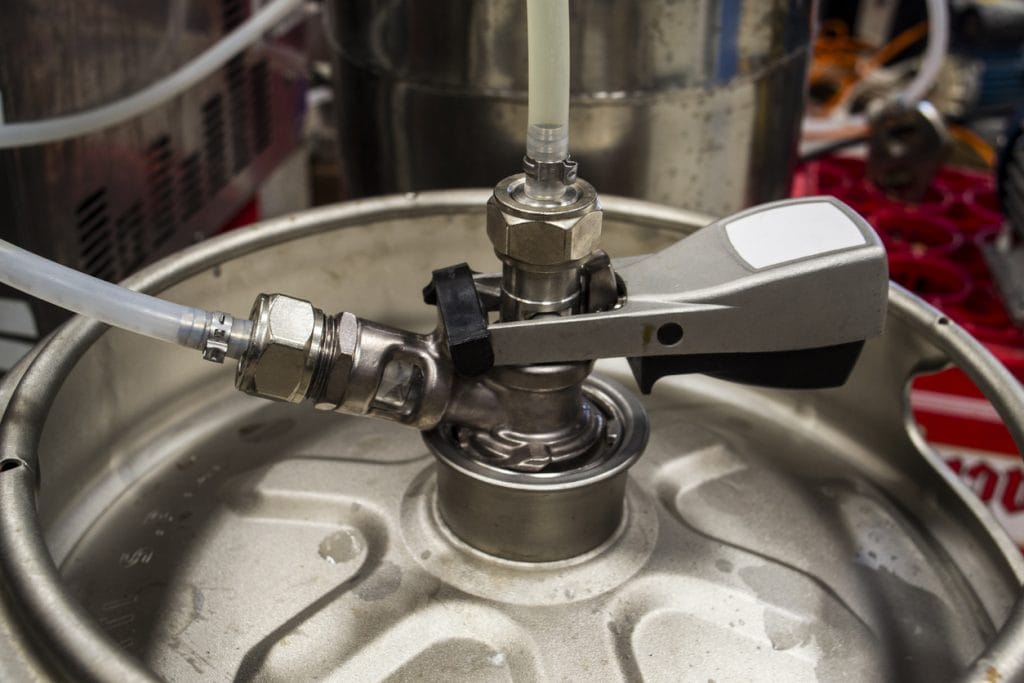Frequently Asked Questions About Gas
As a trusted gas supplier, we often get asked questions about gas safety, the precautions to be taken while using gas, and the best uses for our gas products.
In this blog, we’ll answer some of the main questions we get asked about our gases.
How long should an LPG gas bottle last?
Generally, each kg of propane and butane gas will produce up to 14kwh (kilowatt-hours) of heat energy.
To work out how long your bottle will last, you should multiply the cylinder size in kg by 14. Although, it’s important to consider what appliance you are using and how you are using it. For example, using a heater on a medium setting for a few hours will burn more energy than using a stove on the maximum setting to boil water.

If you operate your cylinder at 1 bar, you can expect to improve your cylinder life by 150 hours!
Cooking gas typically uses little energy and so a large 47kg propane gas bottle can last up to 244 days if used for an hour a day on a medium heat setting. As always, gas usage will depend on your burner and the frequency with which you use the gas.
How can you tell how full a gas bottle is?
Weighing gas is just one way of showing how much is left in the bottle. Another method of testing how much gas you have left is to fill a jug with warm (NOT boiling) water and carefully pour it down the side of your bottle. After about 5-10 seconds, you should be able to feel with your hands for a temperature change on the side of the cylinder. Where the bottle is cold to touch, this will indicate the level of gas inside the bottle.
What are the precautions to be taken while using gas?
When preparing to use gas or operating a cylinder, you should always ensure adequate ventilation and never use it indoors or in confined spaces. You should always read the manufacturers instructions or ask if you are unsure.
Never connect or disconnect cylinders near a naked flame and always make sure cylinders are kept away from fire, heat and sparks.

All of our cylinders are maintained and tested in-house and are never at any point owned by the user. To check the test date of a cylinder, please look at the coloured ring around the gas valve.
What is the maximum temperature at which gas cylinders should be stored?
The storage of gas is just as important as using it safely. You should never store gas cylinders above 65°C, and it is recommended that the floor is level with the surrounding area.
Always store gas in well-ventilated areas in case of leaks, and chain or tie the cylinders in a fixed position to prevent rolling or heavy impact with other objects.
Which gas is highly flammable?
When mixed with air in the correct proportion, methane, hydrogen, butane, and ethylene are extremely flammable.
When using flammable gases, you should always take extra care and be aware of the properties within the gas. By planning safely and using the gas in a well ventilated safe area, you can significantly reduce fire risks.
Can a gas cylinder explode in the sun?
Gas bottles should not explode in the sun, although for safety reasons we would always recommend storing cylinders out of direct sunlight. You should avoid storing your gas bottles inside cars or near machinery and fires, where temperatures can get artificially high and pose a risk of explosion.
You should always store bottles upright and outdoors to prevent any risks of gas leaks and allow for optimum ventilation. When the temperature outside rises, so does the pressure inside the cylinder; modern-day gas bottles have been designed for a 20% expansion.
How do I connect beer gas?
Firstly, make sure your gas bottle is stored somewhere safe and secure, ideally cable tied or chained to the inside of the bar.
Once you have fixed your canister in place, screw in the regulator, fill the cooler up and hook up the recirculation line. Next, turn on the cooler, take the regulator, put in some gas line then attach the other end to your coupler (marked gas).

Fix your beer line to the top of the coupler and back into the first line of the cooler. Once you’ve done this, gently place the coupler on top of the keg.
Attach your beer faucet to the bar, then plug the tap into the cooler system. Take some beer line, fix it into the flow control and lag the line to keep it cool. Next, take your line, plug it through the outlet and connect the coupler to the keg, making sure it’s securely twisted to avoid spillage. Once everything is connected, turn on the gas.
If you’re interested in finding out more information on the top ‘how to’ questions we get asked, then head over to our blog “How To: Gas Edition”, which will give you more information on switching off a gas regulator, changing a Calor bottle and how to clean a gas BBQ.
As specialist bottled gas suppliers, Bottle Gases can help answer your questions about any gas, be it nitrogen gas, oxy fuel gas, MIG or TIG welding gas or Calor. We’re always happy to give advice on our range of gas cylinders and answer any questions that you may have. Please, get in touch with our friendly team.
Comments are closed.





Permalink